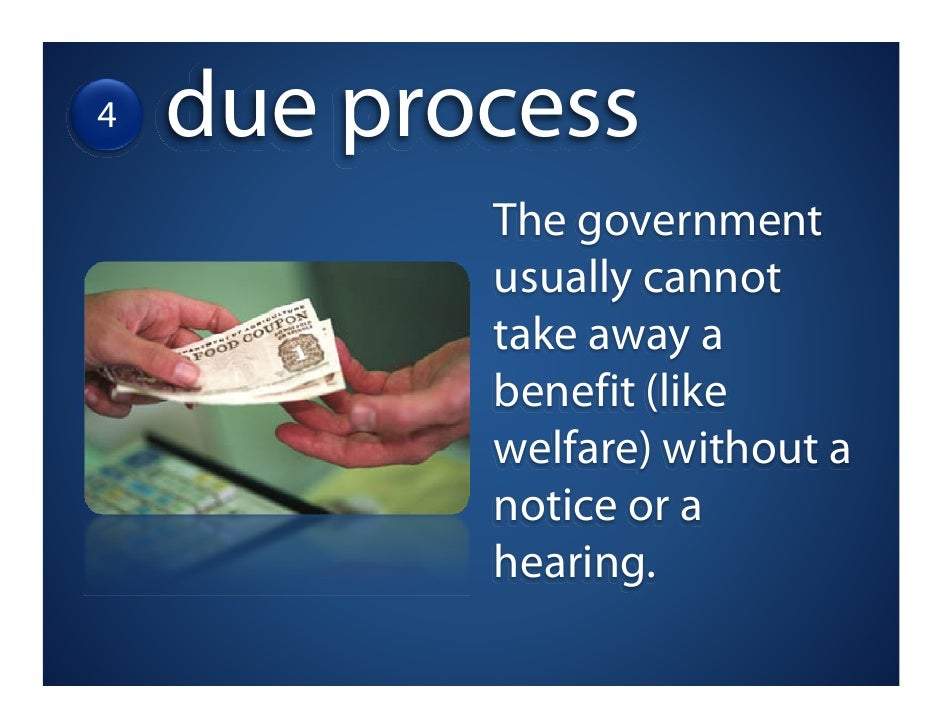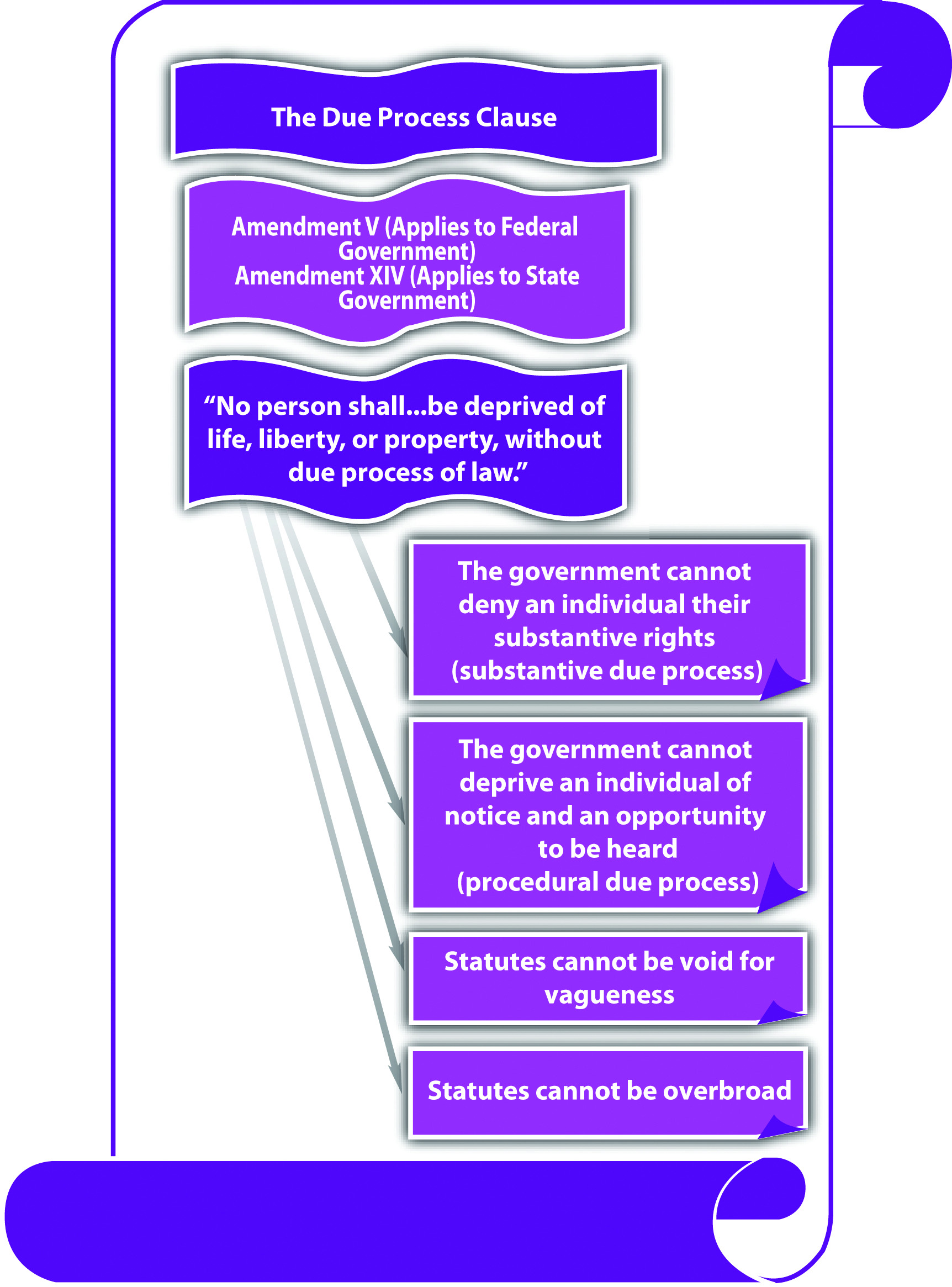

In the pre- Lochner era of Fourteenth Amendment constitutional law, however, one finds a right was “fundamental” when it enjoyed two attributes: it was a preexisting right (enumerated or unenumerated), and it was universally recognizable under the law of the land.

The recent and extraordinarily robust scholarly debate on the meaning of that amendment has done little to bring greater clarity to exactly which legal principles place one right instead of another into that “fundamental” category. Indeed, it is no secret that, under strict scrutiny, the expression “fundamental rights” has long been hijacked to smuggle extraconstitutional theories or personal preferences into judicial decision-making, particularly in Fourteenth Amendment constitutional law, to the detriment of state legislative power. Often there is little legal certainty in how far exactly the federal or state governments can go in establishing common-good laws that limit rights for the general benefit. Reliance upon many Supreme Court opinions would bring the inquisitor no closer to a clear definition because the case law is replete with contradictions, legally detached and precedent-built chains of inferences, historical spot-checks, and a resort to traditions not necessarily shared by all people, citizens, or governments.

Drop a brick from a C-130 into a crowd of political scientists, and chances are the person you hit could not define the extent and limits of “fundamental rights” without delving into theories of democracy, the social contract, the Almighty, individual autonomy, personal identity, or perhaps the writings of a favorite philosopher.


 0 kommentar(er)
0 kommentar(er)
